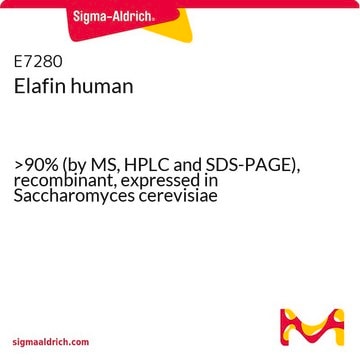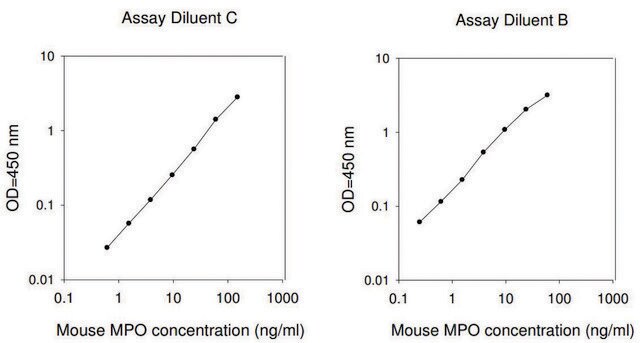MABF2247
Anti-ISG15 Antibody, clone 3C2
Sinónimos:
IP17, Interferon-induced 15 kDa protein, Interferon-induced 17 kDa protein, Ubiquitin cross-reactive protein, Ubiquitin-like protein ISG15
About This Item
Productos recomendados
biological source
hamster
Quality Level
antibody form
purified antibody
antibody product type
primary antibodies
clone
3C2, monoclonal
mol wt
calculated mol wt 17.9 kDa
observed mol wt ~16 kDa
purified by
using protein G
species reactivity
mouse
packaging
antibody small pack of 100
technique(s)
western blot: suitable
isotype
IgG
epitope sequence
Unknown
Protein ID accession no.
UniProt accession no.
storage temp.
2-8°C
Gene Information
mouse ... Isg15(100038882)
Specificity
Immunogen
Application
Isotype testing: Identity confirmation by isotyping test.
Isotyping Analysis: The identity of this monoclonal antibody is confirmed by isotyping test to be Armenian hamster IgG.
Tested Applications
Western Blotting Analysis: A 1:250 dilution from a representative lot detected ISG15 in primary mouse embryonic fibroblasts infected with Chikungunya virus.
Western Blotting Analysis: A representative lot detected ISG15 in Western Blotting applications (Lenschow, D.J., et al. (2005). J Virol. 79(22):13974-83; Lenschow, D.J., et al. (2007). Proc Natl Acad Sci USA. 104(4):1371-6; Fan, J-B., et al. (2015). Sci Rep. 5:12704).
Note: Actual optimal working dilutions must be determined by end user as specimens, and experimental conditions may vary with the end user.
Target description
Physical form
Reconstitution
Storage and Stability
Other Notes
Disclaimer
Not finding the right product?
Try our Herramienta de selección de productos.
Storage Class
12 - Non Combustible Liquids
wgk_germany
WGK 1
flash_point_f
Not applicable
flash_point_c
Not applicable
Certificados de análisis (COA)
Busque Certificados de análisis (COA) introduciendo el número de lote del producto. Los números de lote se encuentran en la etiqueta del producto después de las palabras «Lot» o «Batch»
¿Ya tiene este producto?
Encuentre la documentación para los productos que ha comprado recientemente en la Biblioteca de documentos.
Nuestro equipo de científicos tiene experiencia en todas las áreas de investigación: Ciencias de la vida, Ciencia de los materiales, Síntesis química, Cromatografía, Analítica y muchas otras.
Póngase en contacto con el Servicio técnico



![2,2′-Methylenebis[(4S)-4-tert-butyl-2-oxazoline] 99%](/deepweb/assets/sigmaaldrich/product/structures/316/483/d76fb8bf-5216-440e-a409-771970cad43d/640/d76fb8bf-5216-440e-a409-771970cad43d.png)



